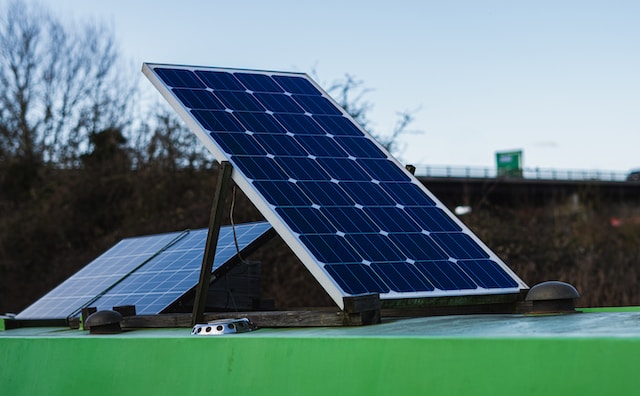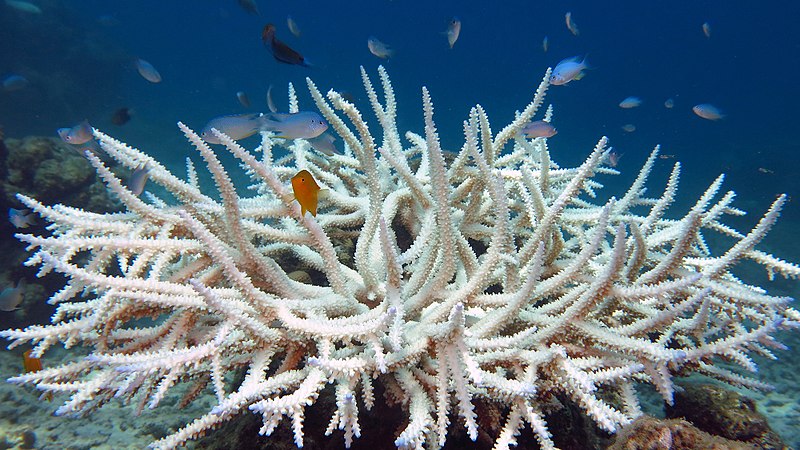Researchers at the U.S. Naval Research Laboratory (NRL) in the Material Science and Technology Division have discovered a way to convert sea-water from the Gulf of Mexico into a fuel resource. The technology used is liquid hydrocarbon fuel it’s the process of taking carbon and hydrogen simultaneously and generating 2 forms of energy for a highly efficient and free fuel source.
The concept isn’t brand new, but applying it to boats is. The United States has a fairly large fleet of oil tankers, aircraft carriers and a handful of nuclear submarines that can only go a day of travel before needing to be refueled. The design of this type of engine will make huge cuts on energy spending by the department and expand the higher need for diversity and research into alternative energy not just for military but civilian applications as well. Producing fuel at sea could mean cheaper overseas transport for the whole world with virtually no carbon footprint.
Vice Adm. Philip Cullom of the U.S. Navy stated “This is a huge mile stone for us.”
“We are in very challenging times where we really do have to think in pretty innovative ways to look at how we create energy, how we value energy and how we consume it. We need to challenge the results of the assumptions that are the result of the last six decades of constant access to cheap, unlimited amounts of fuel,” added Cullom.
Dr. Heather Willauer, a research chemist who has spent almost a decade on this project has put together a model plane that runs off of the sea water fuel.
“We’ve demonstrated the feasibility, we want to improve the process efficiency,” claimed Willauer.
There is one set back, the technology is about 10 years away from the dream of producing fuel onboard a ship, however, it’s another milestone in lessening our fossil fuel dependency.






